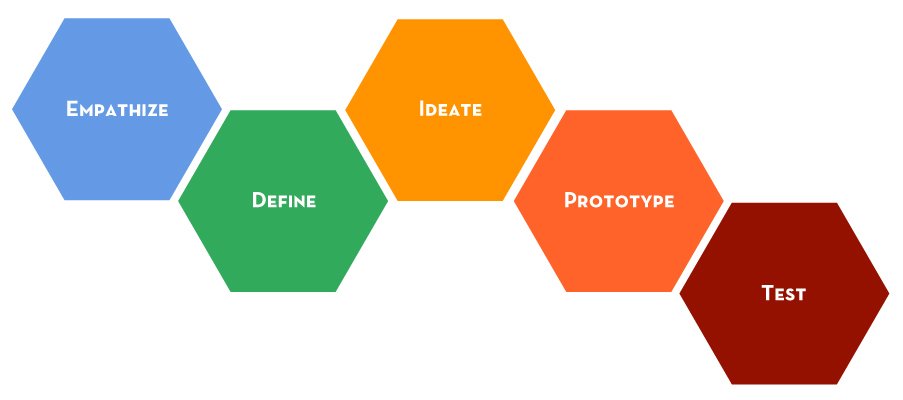Realized that I have not given a formal introduction to What is Design Thinking. Inspired by @complexring who give great lessons on cryptography and chaos theory, I will be giving some series posts on Design thinking which is one of my core expertise. This post is a formal introduction to Design Thinking.
Design Thinking
I know i have mentioned more than once but i must say again that Tim Brown is the one of the best in this field. Tim Brown is the pioneer and expert in design thinking. You can read his personal blog at Ideaco. I am always inspired by his posts and how he thinks of issues. He is also the adviser to many Global 500 companies. Inviting him to steemit, should be pretty cool stuff if he joins.

This is the methodology taught at Stanford graduate school as a design program. I must emphasize again that it is a METHODOLOGY to design the thinking process. IT IS NOT THE DESIGN. Sometimes, It is bypassing conventional and traditional thinking process. It stands for a new approach towards solving problems. The method starts with empathizing with user, defining problem, ideating and brainstorming for solutions, prototyping of the solution and the final testing by the users which includes collecting feedback. The method is iterative and flexible - can go to any step when the scenario calls for it. I have talked about empathizing with users and defining problem in 2 of my posts:-
- Analysed the current model of steemit based on design thinking
- Business and social innovation case studies using design thinking
Below I talk about the ideating approach - traditional and out-of-the-box
What is the traditional approach versus out-of-the-box approach?
Design thinking uses a combination of traditional approach and out-of-the-box approach. A traditional approach involves breakdown of the problem into sub-problem and "Analysis" of the problem. The catch is that sometimes the in-box approach will work but sometimes, it just does not work. Keep using this same approach and you will continue to bang the solid wall that refuses to bulge. An out-of-the-box approach is looking at the problem from the outside as a third party. It is "Synthesis" - observing and collecting observation data in the field. I give a classic example here ideating and brainstorming using both approaches.
Example: To improve the energy savings of automobiles
Traditional approach
A typical engineer adopting the traditional approach will analyse the car systems parts by parts - body, transmission, suspension, etc. Then he/she may look for a more efficient engine, change the car body to become more streamlined, change the system architecture to hybrid car system, etc. So he/she is working in the box, as defined as in the car and system itself.
Out-of-the-box approach
An engineer adopting an out-of-the-box approach will think beyond the system boundary. He/she will think outside of the box. For example, he/she observe drivers, collect observations data and realize most drivers don't plan their routes. But planning routes can have better fuel economy and hence, more fuel savings. He/she adopt "System of systems" approach by jumping out of the system and look at it from outside. For example, drivers are human systems linked to automobile systems. Likewise, computers are linked to the internet and form a "System of systems".
Why I think it is not easy to think out of the box

When i say try not to think of a dog, an image of a dog forcefully pops up in your mind. Everyone of us has memories in our brain. To change the way we are wired and the way we think is an immensely tough task. The way to practise design thinking is to give your brain a good workout. A way could be changing your habits. A good training i was given was to write with your left hand if you are a right hander. Reverse is true. Make a little small change in your daily routine and you will see how you can give your brain a good workout. Comfort zone is bad for the brain if you would like to think out-of-the-box so please stay out of it.
See you in next #designthinking post!
